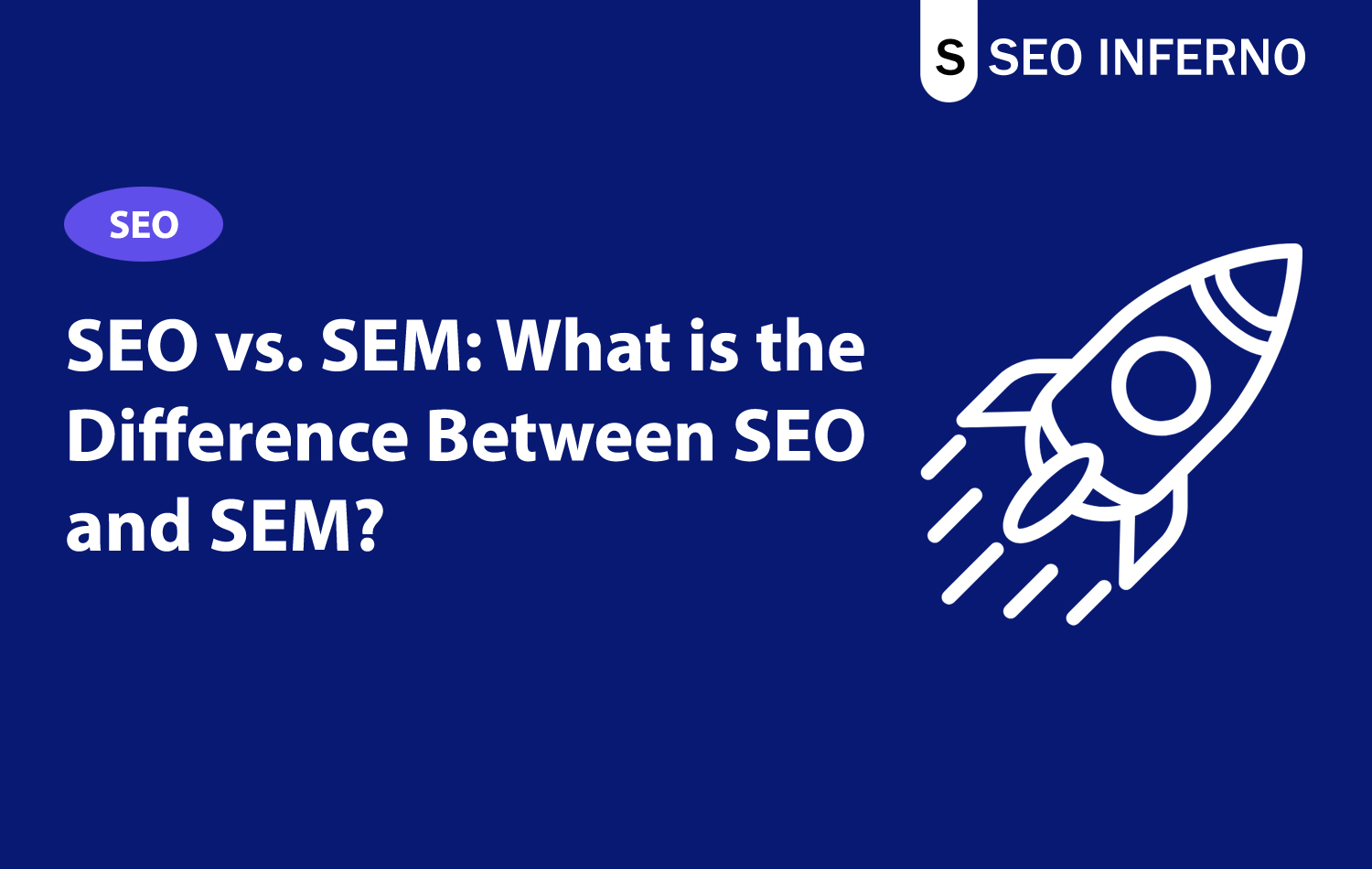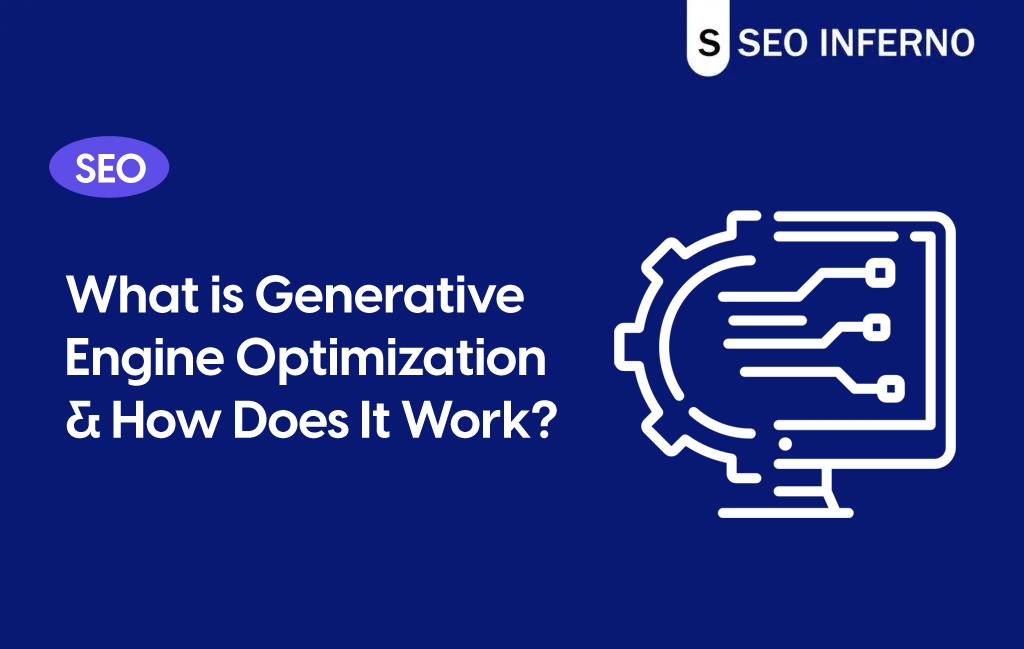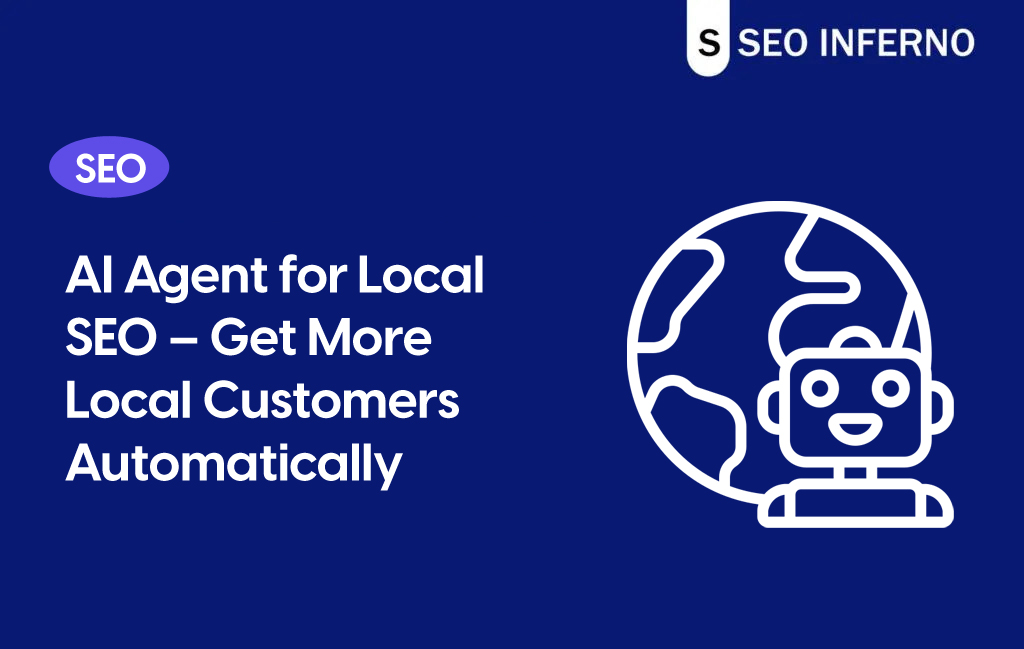In the dynamic world of digital marketing, two acronyms consistently stand out: SEO and SEM. While they might seem similar and are often used interchangeably, SEO (Search Engine Optimization) and SEM (Search Engine Marketing) are distinct strategies that serve different purposes. Understanding the nuances between SEO and SEM can significantly impact the effectiveness of your online marketing efforts.
Introduction to SEO and SEM
What is SEO?
SEO (Search Engine Optimization) refers to the practice of enhancing a website’s visibility in organic (non-paid) search engine results. The primary goal of SEO is to increase website traffic by improving the site’s ranking for relevant search queries. SEO encompasses various techniques, including keyword optimization, content creation, on-page and off-page optimization, and technical SEO.
What is SEM?
SEM (Search Engine Marketing), on the other hand, is a broader term that includes both SEO and paid search strategies like PPC (Pay-Per-Click) advertising. SEM aims to increase a website’s visibility through both organic search results and paid ads. The most common platform for SEM is Google Ads, where businesses bid on keywords to display their ads on search engine results pages (SERPs).
Key Differences Between SEO and SEM
1. Cost
SEO
- Involves ongoing efforts like content creation and link building, which can be resource-intensive but do not require direct payments to search engines.
- The main costs are related to tools, expertise, and the time investment required to implement SEO strategies effectively.
SEM
- Involves paying for ads on search engines, with costs varying based on the competitiveness of the keywords
- Offers immediate visibility but requires a budget for continuous ad spending.
2. Time Frame
SEO
- Takes time to show results. It can take several months to see significant improvements in search rankings and organic traffic.
- Builds long-term value by creating a sustainable flow of organic traffic
SEM
- Provides immediate results. Once a campaign is live, ads can start appearing on SERPs almost instantly
- Best suited for short-term goals or promotions where quick visibility is needed
3. Sustainability
SEO
- Offers long-lasting results. Once a website ranks high, it can maintain its position with ongoing optimization and quality content.
- Less susceptible to sudden changes as long as best practices are followed.
SEM
- Delivers short-term results that last only as long as the ads are running.
- Once the budget is exhausted or the campaign ends, the visibility stops immediately.
4. Click-Through Rate (CTR)
SEO
- Typically achieves higher CTRs compared to paid ads. Users tend to trust organic results more than paid advertisements.
- Enhanced by rich snippets, meta descriptions, and high-quality content that match user intent.
SEM
- Generally has lower CTRs than organic results but provides a prominent placement at the top of SERPs.
- Can be optimized with compelling ad copy and extensions to increase CTR.
5. Trust and Credibility
SEO
- Builds credibility and trust over time as users recognize and value high-ranking organic results
- Relies on producing authoritative content and earning backlinks from reputable sources.
SEM
- May be perceived as less credible by some users since it is clearly marked as an advertisement
- Trust can be built through consistent and relevant ad placements.
Integrating SEO and SEM for Optimal Results
Complementary Strategies
- Keyword Research: Use insights from SEM campaigns to inform your SEO strategy. High-performing paid keywords can be targeted for organic optimization
- Testing and Optimization: Use SEM to test which keywords and ad copies drive the most traffic and conversions. Apply these insights to your SEO content.
- Brand Awareness: While SEO builds long-term credibility, SEM can provide immediate visibility and drive traffic during SEO ramp-up periods.
- Comprehensive Analytics: Utilize data from both SEO and SEM campaigns to gain a holistic understanding of user behavior and preferences.
Benefits of an Integrated Approach
- Increased Visibility: Combining SEO and SEM ensures maximum exposure on SERPs, capturing both organic and paid traffic
- Balanced Budget: While SEO requires an initial investment of time and resources, SEM can deliver immediate ROI, balancing the overall marketing budget.
- Enhanced Data Insights: Cross-analyze data from both strategies to refine targeting, improve content, and boost overall performance.
Practical Steps to Implement SEO and SEM
For SEO
- Keyword Optimization: Identify relevant keywords using tools like Google Keyword Planner, SEMrush, and Ahrefs. Focus on both primary and long-tail keywords.
- Content Creation: Develop high-quality, informative content that addresses user queries and includes target keywords naturally.
- On-Page SEO: Optimize title tags, meta descriptions, headers, and images. Ensure the site is mobile-friendly and has fast load times.
- Off-Page SEO: Build backlinks from reputable sites, engage in social media marketing, and participate in guest blogging.
- Technical SEO: Improve site architecture, implement schema markup, and ensure proper indexing by search engines.
For SEM
- Keyword Bidding: Select keywords to bid on based on relevance, search volume, and competition. Use tools like Google Ads Keyword Planner for insights.
- Ad Creation: Write compelling ad copy that includes target keywords and a clear call to action. Utilize ad extensions to enhance visibility
- Budget Management: Set a daily or monthly budget and monitor spending. Adjust bids and budgets based on campaign performance.
- Campaign Optimization: Regularly analyze performance metrics such as CTR, conversion rate, and ROI. Make data-driven adjustments to improve results.
- A/B Testing: Experiment with different ad copies, landing pages, and bidding strategies to identify the most effective combinations.





